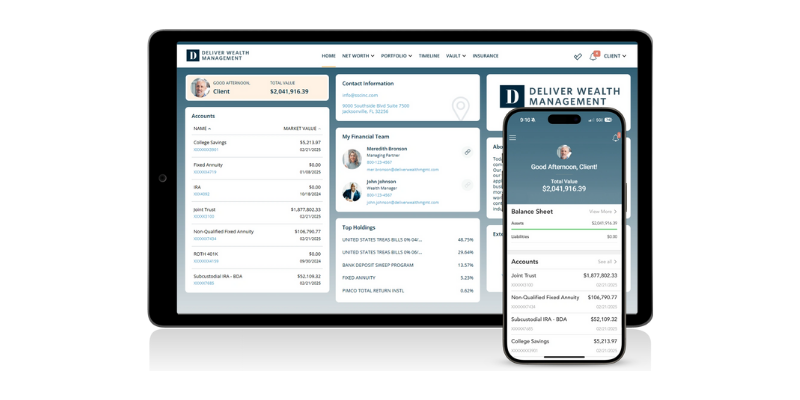Why refinance your mortgage?
There are a variety of reasons why you may want to consider refinancing your mortgage, such as:
- Lowering your monthly mortgage payment by refinancing to a lower interest rate
- Shortening the length of your loan (e.g., from a 30-year mortgage to a 15-year mortgage) to potentially reduce interest charges over time
- Accessing extra cash through a cash-out refinancing to pay for home improvements, pay for college, or consolidate debt
- Refinancing your adjustable rate mortgage (ARM) to a fixed rate mortgage or to a new ARM with better terms
When should you refinance?
It used to be said that you shouldn’t refinance unless interest rates were at least 2 percent lower than the interest rate on your current mortgage. However, even a 1 to 1.5 percent differential may be worthwhile to some homeowners.
In addition to interest rates, you should also consider the length of time you plan to stay in your current home, the costs associated with getting a new loan, and the amount of equity you have in your home.
Ultimately, it may make sense to refinance if you’re certain that you’ll be able to recoup the cost of refinancing during the time you own the home. So, it’s important to do the math ahead of time and calculate your break-even point (the point at which you’ll begin to save money after paying fees for closing costs). Ideally you should be able to recover your refinancing costs within one year or less.
No cash-out versus cash-out refinancing
No cash-out refinancing occurs when the amount of your new loan doesn’t exceed your current mortgage debt (plus points and closing costs). With this type of refinancing, you may be able to borrow up to 95 percent of your home’s appraised value, depending on the type of loan requested and other factors.
A cash-out refinancing occurs when you borrow more than you owe on your existing mortgage. In this case, you are often limited to borrowing no more than 75 to 80 percent of the appraised value of your property. Any excess proceeds remaining after you’ve paid off an existing mortgage can be used in any way you see fit.
Cash-out refinancing has certain advantages. The interest rate that you’ll pay on the mortgage proceeds will usually be less than the interest rate on the other debts (e.g., car loans, personal loans, credit cards, and even some student loans). Moreover, the interest paid on your refinanced mortgage is generally tax deductible, whereas the interest on consumer debt is not.
There are also disadvantages to cash-out refinancing. With a cash-out refinancing your refinanced mortgage is secured by a lien on your home. As a result, if you can’t make the mortgage payments, the lender can foreclose on your home and sell it to pay the mortgage.
The costs associated with refinancing
While refinancing can often save you money over the life of your mortgage loan, this savings can come at a price. Typically you’ll need to pay an assortment of up-front fees, including points and closing costs. However, some lenders offer “no points, no closing costs” refinancing, which roll the costs into your overall loan balance or charge a higher interest rate. Typical closing costs include:
- Application fee
- Appraisal fee
- Credit report fee
- Attorney/legal fees
- Loan origination fee
- Survey costs
- Taxes
- Title search
- Title insurance
Are there any tax advantages with refinancing?
If you pay points when you refinance your mortgage, you may be able to deduct them. In order for points to be deductible, they must have been charged by your lender as up-front interest in return for a lower interest rate on your loan. If the points were charged for services provided by the lender in preparing or processing the loan, then the points are not deductible.
When deducting points, keep in mind that unlike points paid on a loan used to purchase a home, points paid on a refinanced loan usually cannot be deducted in the year that you paid them. Instead, the points may need to be amortized over the life of the loan. For example, assume that you refinanced to a $300,000/30-year mortgage loan and paid $6,000 in points. You would be able to deduct 1/30 of those points each year over the 30-year loan period, or $200 per year.
The one exception to the amortization rule is if part of your refinanced loan is used to make improvements to your primary residence. In that case, you may be able to deduct the portion of the points that is allocable to the home improvements in the year that the points are paid. In addition, if you choose to refinance again or sell your home in the future, you can generally claim the entire unamortized deduction that remains.
For more information on the deductibility of points, you can refer to IRS Publication 936. As for other costs you may have incurred from refinancing, such as recording, title search, appraisal, and attorney’s fees, they are not deductible. Furthermore, unlike costs associated with a home purchase, costs associated with a refinance cannot be added into the cost basis (value) of your home for income tax purposes.
A word on refinancing and the Making Home Affordable Program
The Making Home Affordable Program (MHA) was created by the Obama administration in an effort to stabilize the U.S. housing market. The MHA offers a number of programs that are designed to meet the various needs of homeowners, including a program that enables homeowners to refinance their mortgages to a lower rate even if their home has decreased in value. For more information on the MHA, visit www.makinghomeaffordable.gov.




